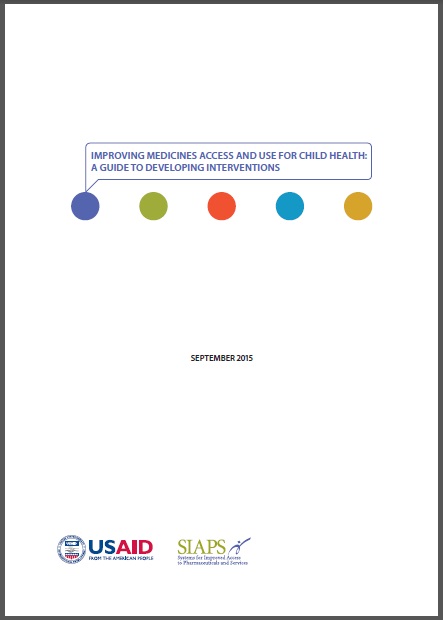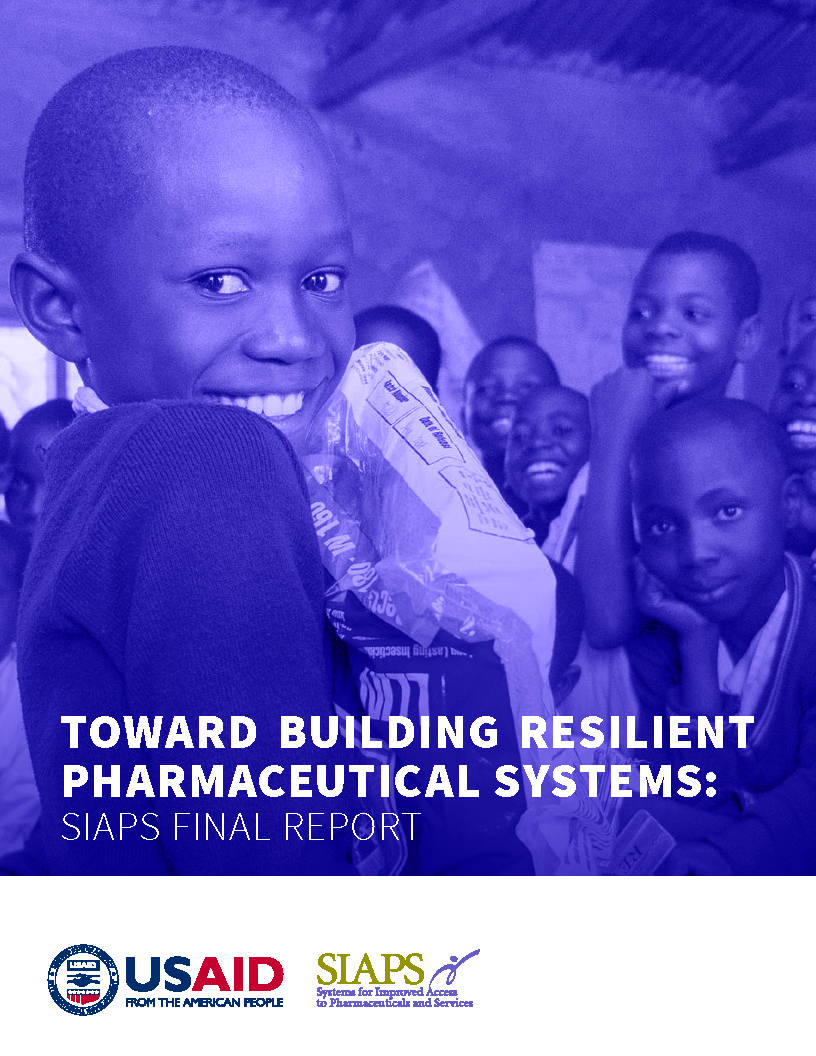
Effective case management of sick children is a key strategy for reducing child deaths. This has been emphasized by the UN Commission on Life Saving Commodities for Women and Children, and is important for achieving the objectives laid out in Sustainable Development Goal 3. Common pediatric illnesses must be correctly diagnosed in a timely manner, appropriate quality medicines must be available in the community, and families must be able to obtain and properly use these medicines.
Health services and medicines cannot be used effectively unless caregivers have access to them. More often than not, interventions and approaches are implemented without a sufficient understanding of how caregivers in the community access health services and medicines, meaning that health services for children are not as effective as they could be. To be effective, an intervention needs to target the root causes of the problems that affect access or use. A methodical and thoughtful approach can ensure greater success in diagnosing those problems; understanding why they exist and what interventions may be effective; and implementing and evaluating interventions.
“Improving Medicines Access and Use for Child Health—A Guide to Developing Interventions” represents an up-to-date and practical resource for those developing interventions to improve access to and use of medicines for child illness. It targets groups working in community organizations, health facilities, and district health offices, or within larger health systems.
This practical and action-oriented Guide provides a wealth of intervention examples and additional resources to help users gain an in-depth understanding of key issues related to problem assessment and the development and evaluation of interventions. While the examples are specific to common child illnesses, they will apply to all areas of child or adult health that require the use of medicines. This guide is a resource for both health policy makers and health system managers, aiming to introduce key steps in planning and developing interventions to improve access to and use of medicines for sick children.


